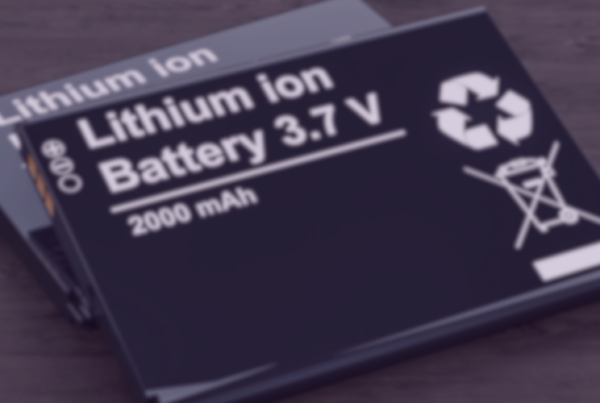The U.S. Department of Energy (DOE) recently designated copper as a critical material. “The Energy Act of 2020 defines a critical material as any non-fuel mineral, element, substance, or material that the Secretary of Energy determines: (i) has a high risk of supply chain disruption; and (ii) serves an essential function in one or more energy technologies, including technologies that produce, transmit, store, and conserve energy; or a critical mineral as defined by the U.S. Secretary of the Interior.” (Energy.gov)
According to ISRI Chief Economist Joe Pickard, effects to the recycled materials industry of the new addition of copper to the list remain uncertain at this time. Pickard says that it will likely open additional federal funding for various programs such as electric vehicle (EV) batteries, infrastructure and green transitions, as well as others. More copper-related projects can be expected on the horizon as a result.
The DOE’s official 2023 Final Critical Materials List for Energy: aluminum, cobalt, copper, dysprosium, electrical steel, fluorine, gallium, iridium, lithium, magnesium, natural graphite, neodymium, nickel, platinum, praseodymium, silicon, silicon carbide and terbium.
ISRI News will continue to keep members updated on news related to copper and all materials and metals. Members can also check out the weekly ISRI Market Report email for the most current information.










